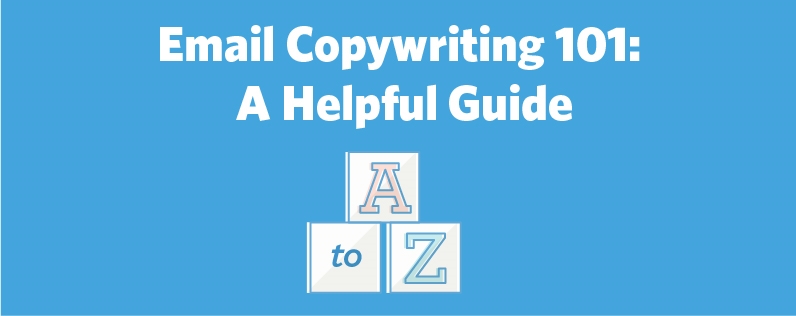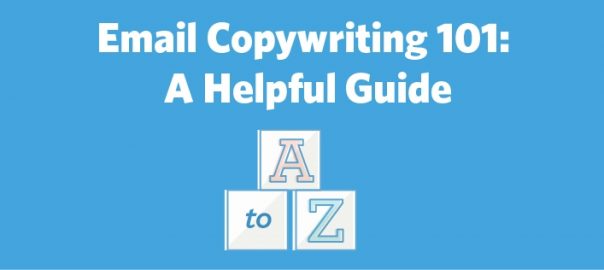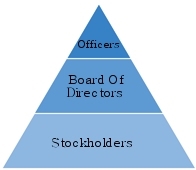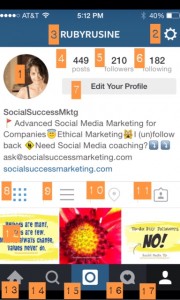— April 17, 2019

You know email marketing is an effective way to connect and communicate with your existing and potential customers — but how do you maximize it?
Writing an email that’s as fresh as the spring season, takes time, creativity, and practice. To create a consistent brand tone, every email you send must look and feel the same but the challenge is making an individual email stand out and deliver the right message.
How do you get email copywriting right? How do you telegraph a message simply, yet effectively? How do you come up with strong email copy each time? How do you look for new and relevant email campaign ideas?
Every email must drive the reader to take a specific action. Your email might promote your products and services, offer a discount code to boost sales, share valuable product or industry information, ask for feedback, or simply remind them to renew subscriptions.
Once you have identified the objective for your email, you can start thinking about what you want to say. Ask yourself the three key communication questions to help outline your copy: What are you offering? Why should the recipient care? What should they do next? Once you have the answers, you are ready to create an effective email that drives action.
Ready to get started? Let’s dive deeper into the key elements that make email copywriting impactful.
Three essential components of email copy:
1. Subject line
Chances are that you have sent emails that have gotten lost, ignored, or even moved to trash in your customer’s inbox. This happens when your subject lines are not as creative and relevant as the message inside. A good email subject line is probably the most important element of your email copy. It’s the first thing your customers will see in their inbox and is what compels them to or dissuades them from opening the email. This is where you need to focus your creativity to generate interest and pique curiosity. A subject line should be crisp, around 4-7 words. It can be phrased in the form of a question, be funny or whimsical, or give a sneak peek into what’s in the email.
Imagine you run a bakery. You use email marketing to showcase new products, share baking information, get RSVPs for in-store events, and share discount codes to entice your customers. Your subject lines need to stand out and tell the customer at first glance what they can expect inside.
Creative subject lines depend entirely on the email message, for example:
- New product information
“Try our all-new flavors”
“Nothing like you’ve ever tasted before” - Sharing baking information
“Learn how to bake like a pro”
“Baking hints and tips by experts” - Invite to in-store events
“Come visit <bakery name> and treat yourself”
“Ready to attend the tastiest event in town?” - Sharing discount codes
“There’s a tasty treat for you inside”
“Enjoy 25% off on all our products”
Now, let’s assume you are creating an email marketing campaign to compel your customers to pre-order the new Spring-inspired cakes and cookies. The subject lines could be:
“Have you tasted Spring yet?”
“Spring has Sprung at <bakery name>”
“It’s here now; it’ll be gone tomorrow”
“Pre-order our Spring-inspired cakes & cookies”
“Limited time offer: Preorder Spring Goodies”
2. Preheader text
Preheader is the short line of text you see in your inbox, below a subject line, before you open the email. Think of the preheader as an extension of your subject line. You can increase the excitement, or curiosity generated by the subject line through the preheader text. The preheader text must be between 6-12 words to ensure that the complete message is displayed on all devices.
In our bakery example, the preheader text for the campaign with the subject line “Have you tasted Spring yet?” could read:
“Pre-order our delicious and beautiful Spring-inspired cakes and cookies.”
So while the subject line teases the reader, the preheader text gives a little more information about the purpose of the email.
3. Message body
Have you ever received an email and weren’t sure what it was about? Your customers could feel the same way. In order to eliminate any confusion, all you need to do is answer three simple questions:
What are you offering? (Headline) Is it a discount coupon, a new line of products, an event you are that you are hosting? The answer to this question becomes the headline for the body copy. State clearly what your business has to offer. Put it right on top, in bold, with the font slightly bigger than the other text. Keep it 6-7 words to best set the tone for the message body.
How will it help the reader? (Message Body) Below your headline, write a few sentences to elaborate on your offer. Provide important details and explain why they matter to your reader. Sometimes, customers need that little push to make a decision. Will they get free shipping if they order right now, will it make some daily activity easier? Keep your message clear and concise. 15-20 lines are all you need to write a powerful email. If you need to share more information, break it up into 2-3 small paragraphs, or bullet points to make it easy to read.
What should they do next (Calls to action) Tell the reader what they should do next. Do you want them to go buy a product you are offering, register for an event, read a new blog or share their feedback?
Choose a bold, simple and direct phrase like, “Buy now,” “Register now,” or “Reserve a spot for me.” Keep the text simple, and easy to understand. Then, put it into a button that links directly to the relevant website or product page. Place the button in a prominent position so that your readers know exactly where to click.
Once you have answered these questions, you have all the information you need to create your email. Continuing with the bakery example, this is how you might plan the email copy:
- Headline: Pre-order Spring-inspired cakes and cookies
- Message Body: Make sure you don’t miss out on this limited time offer, home delivered, perfect for Spring parties, snacks, and special occasions.
- Call to action: Pre-order now
With outline complete, you can get creative and elaborate on each point. Once you have captured all of the relevant details, String the information together, add an impactful image, and you are just about ready to press “send.”
Other factors to consider when writing email copy
Writing strong email copy comes with practice, an understanding of your audience, and being consistent. While the main components of email copywriting are the subject line, preheader text, and message body, there are other factors that impact the email copy. Here are some additional email copywriting tips:
Planning
The best email marketing campaigns are those that are well planned. Planning includes creating an email marketing calendar in advance and scheduling which emails you will send, and when. Then you can invest time in thinking about each email, and the message you want it to deliver. With proper planning, you can create engaging emails in no time.
Design
Design factors like font style, font size, amount of white-space, and placement of copy blocks directly affect an email’s readability. You want the email copy to be easy-on-the-eye, clutter free and well placed within your email template to drive attention to your call-to-action.
A/B Testing
A/B testing allows you to create two versions of your email, and send it out to a small subset of your email list. You then identify the ‘winning email’, the one that performed better, and send it out to the remaining contacts. This approach ensures that you are always sending your most impactful messages in your marketing campaigns. You can start by A/B testing the subject line, and once you get that right, begin iterating on other components one by one in an effort to increase your engagement metrics and conversion rates.
Preview
To err is human, but the last thing you want to do is send out emails with mistakes. Preview your email content and check for grammatical errors, spelling errors, and proper punctuation. You must also ensure that all the links you included are working, and discount codes are functioning.
Test
Before you send an email to your customers send it to a few people in your team, or to your friends to ensure everything is perfect. Test the email on different devices to make sure that the images, content, and links are working fine for all.
Now you are ready to hit send!
Master the art of email copywriting
Great copywriting is indeed an art; one that you can master with the right techniques and practice. Focusing on being creative, crisp and consistent is the best way to create, and send compelling and engaging marketing emails.
Don’t get overwhelmed with the thought of writing out the entire email at once. Divide the work up into small chunks Tell your audience what you have to offer, the benefits or advantages and why they should care, and the specific action you want them to take next.
Following this simple formula will make copywriting a breeze. You can now create a variety of powerful emails to support any of your marketing objectives, and stay out of the deleted folder.
Ready to start writing strong marketing emails, and inspire action?
Dig deeper in our upcoming webinar:
How to Write Effective Marketing Emails for Any Situation Register here
Digital & Social Articles on Business 2 Community
(84)
Report Post




